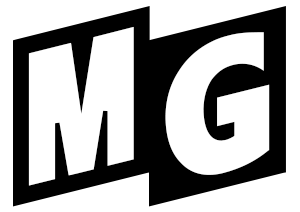As I’ve covered before, sources on Wikipedia serve two functions: showing that something is true, and showing that something is notable. For instance, a representative for a company might request that a recently announced product be added to the company’s Wikipedia article. As evidence of the product’s notability, the representative could cite media coverage of the product in independent publications. This would be enough to justify adding a mention of the product to the company’s article.
But what if you want to create a brand-new article about a topic, like an executive or a new product? How do you prove that a topic is notable enough to have its own Wikipedia article?
The basics of notability guidelines
As with so many aspects of Wikipedia policy, notability guidelines have a storied history of debate on Wikipedia. Critical flashpoints include the “Pokémon test” and the related “Karen Importance Test.” Strictly speaking, you don’t need to know this, but I felt like you needed to know this.
Here’s where the dust from the debate has more or less settled. First, your article topic shouldn’t fall under any of the categories described by the policy of “What Wikipedia is not.” For instance: Wikipedia is not a directory for listing every local business. Wikipedia is not a newspaper for collecting momentary local interest stories. Wikipedia is not a means of promotion. You get the idea.
Second, we have the “general notability guideline”: “If a topic has received significant coverage in reliable sources that are independent of the subject, it is presumed to be suitable for a stand-alone article or list.”
To quote Martin Luther: “What does this mean?”
It means that if you want to know if a topic is notable, you have to look to the sources on it. You have to check newspapers, libraries and the internet.
To justify an article about a topic, you need:
- At least two sources (and almost always more, depending on the publications) that are
- Focused primarily on the article topic (i.e. title inclusion, not just tangential mentions or quotes), in
- Third-party, independent publications (no press releases, no official websites, no directory entries, no contributed or sponsored content, no blogs that are run by just one or two people). (Here’s more info on figuring out what qualifies as “reliable sources”.)
- One more caveat: Interviews don’t necessarily contribute to meeting this standard, because direct quotes are considered primary sources. Some amount of reporting has to be involved for the source to be considered substantial.
Trivial vs. significant coverage
The depth of the coverage is relevant to establishing the topic’s notability. A deeply researched profile in The Atlantic or New York Times trumps a local recap of a press release. And there’s a whole lot of nuance in between.
Having a collection of trivial sources won’t confer notability on a topic. You need some significant coverage. It’s worth checking your entire list of potential sources against the examples of trivial coverage.

